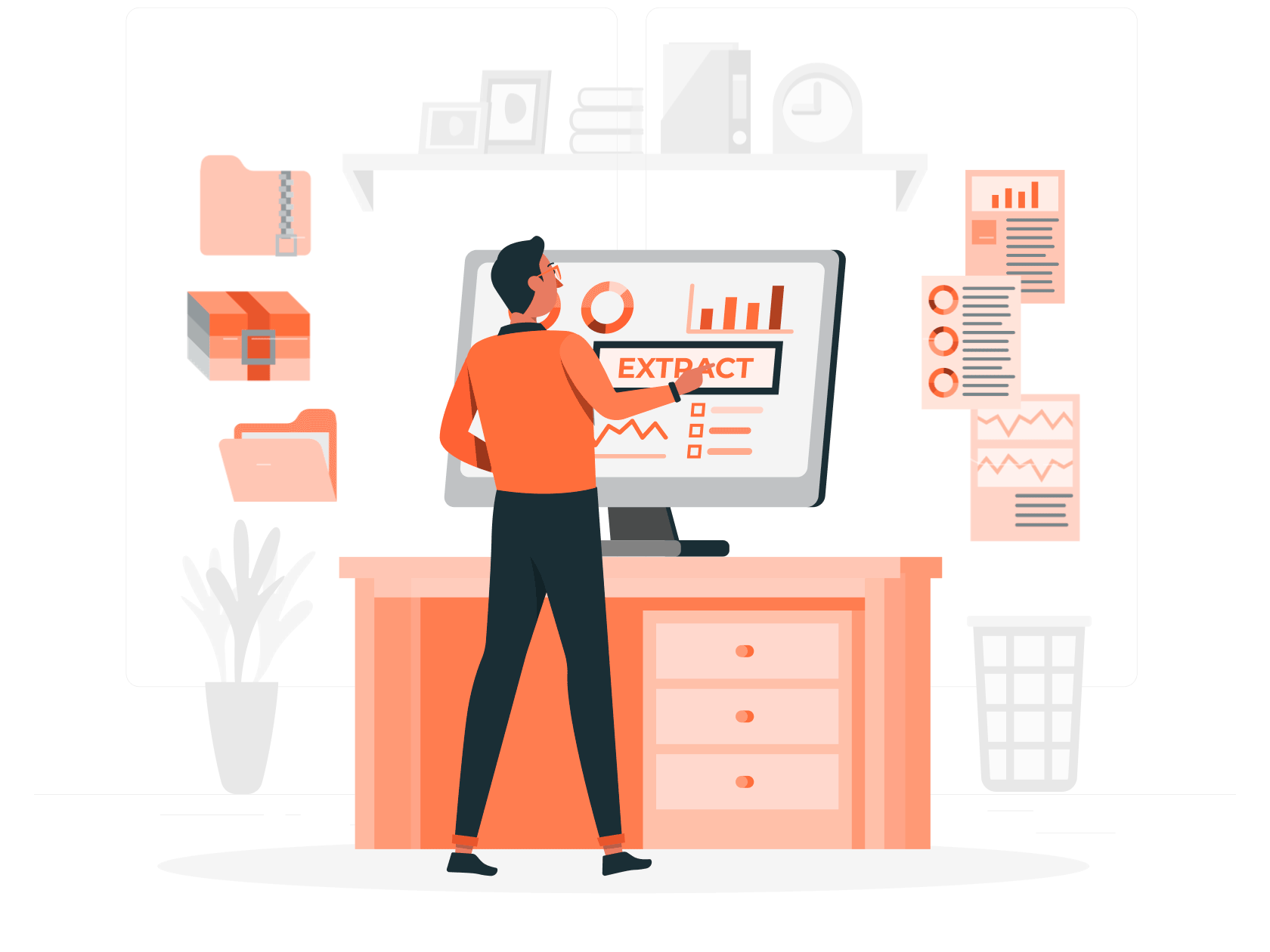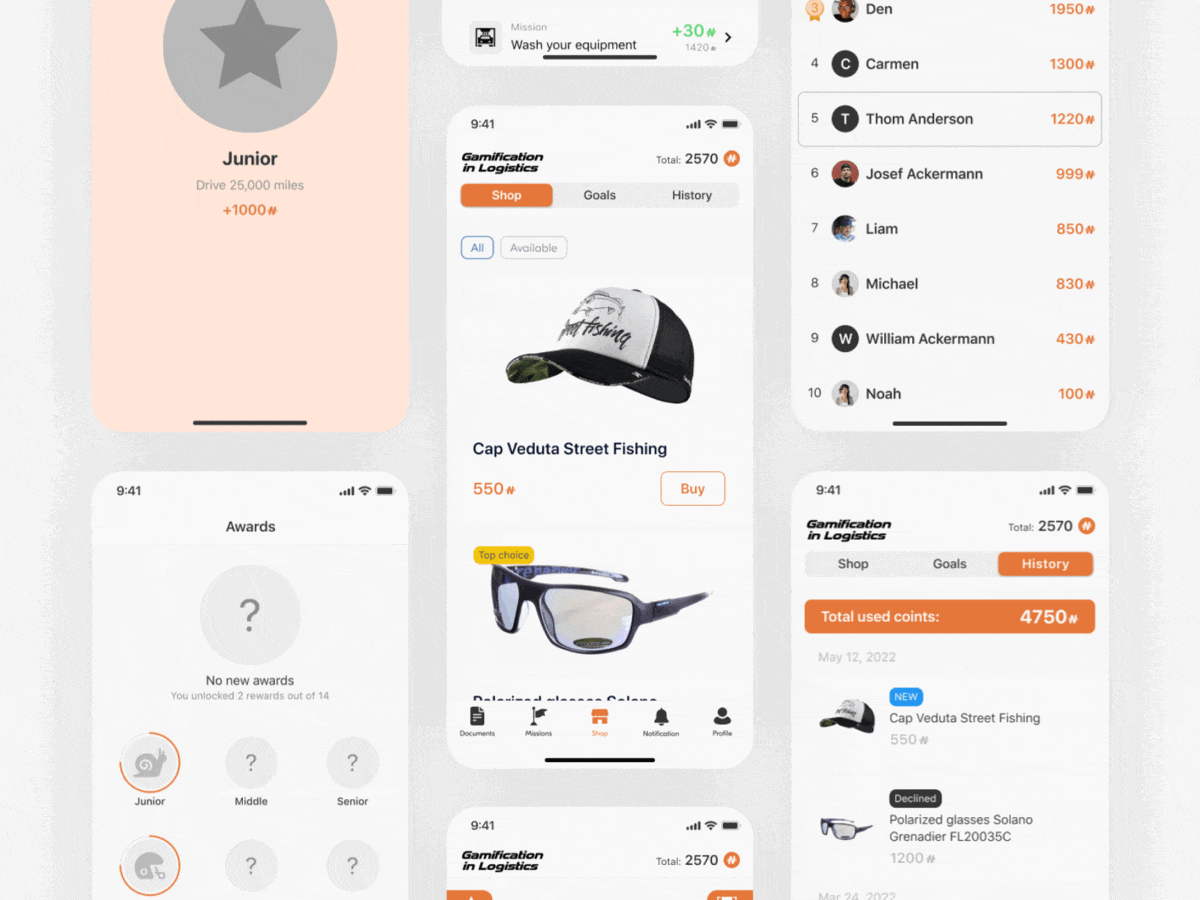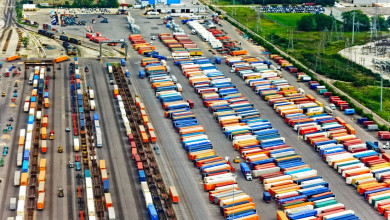Gamification is not just a new trend in technology you often hear about from different professional fields. Along with gamification solutions, it has inspired fitness trackers and other innovations that play a significant role in our lives. But are there some ways it might help with logistics management?
Logistics professionals must evaluate numerous aspects and ensure their companies uphold values related to timeliness, safety, and high-quality training. Gamification alone can't create or implement a better strategy, but it could become an important element in future plans.
Let’s have a look at how to simplify your relationship with drivers with this popular strategy, and what are additional tips to remember.
The Meaning of Gamification
In simple terms, gamification it's using game principles for simplifying work. In the case of logistics, drivers can perform their tasks in a more convenient way and take rewards and tips to encourage improvement.
Why Is Gamification Such a Great Fit for Logistics?
Some of its advantages include:
- Driver Engagement: Gamification can be used to engage drivers and make their work more enjoyable and rewarding. This can help increase driver satisfaction and reduce turnover, which is a major challenge in the logistics industry.
- Performance Improvement: Gamification can be used to improve driver performance, safety, and efficiency. By providing feedback, training, and incentives, drivers can be motivated to perform at their best and achieve better results.
- Data Collection: Gamification can be used to collect data on driver behavior and performance, which can be used to identify areas for improvement and make data-driven decisions. This can lead to better business outcomes and a more efficient supply chain.
- Competitive Advantage: Gamification can be used to differentiate a logistics company from its competitors. By creating a more engaging and rewarding work environment for drivers, logistics companies can attract and retain the best talent and ultimately provide better service to customers.
By gamifying various aspects of the logistics industry, handling different aspects with equal efficiency, and being sure your drivers’ work is more fun and safe, you can reap all the main gamification benefits. Logistics games are fun and efficient.

How Does Gamification Support Fleet Safety and Sustainability?
By combining gamifying with your regular efforts related to maintaining fleet safety and sustainability, you can find new tactics of communication to make drivers more engaged in the matter of safety and excite the workforce. Some of them include the following:
- Set clear goals and define concrete tasks: Clearly define the goals that you want to achieve with gamification, such as improving driver safety or achieving a specific level of productivity or an objective, improving efficiency, or customer satisfaction. Concreteness adds up to general sustainability.
- Identify key performance indicators (KPIs): Determine the KPIs that you want to measure and improve through gamification. This will help you to specifically measure the effectiveness of your work so as not to be guided only by the appearance of the result.
- Use technology tools: Technology is helpful in gamification as you can collect data and provide real-time feedback to drivers.
- Communicate: Communicate the gamification program clearly to drivers and provide them with regular updates on their performance and progress. This will help keep them motivated and engaged in the program.
- Monitoring and control: Monitor the effectiveness of the gamification program and adjust it as needed. Collect feedback from drivers and use data analytics to determine if the program is achieving the desired goals and KPIs you defined previously.
Top Tips for Implementing Gamification in a Logistics Setting
Identify pain points. When you're looking at introducing gamification to your operation, it's best to select one or two key areas to trial. Whether it's improving the efficiency of dynamic pick locations or setting a time target for packing, there's likely a specific area of the fulfillment process that offers a natural starting point.
Another important aspect to consider is that gamification should be voluntary. As there are numerous repetitive tasks in logistics that occur daily, there are plenty of ways gamification can be used to bring new levels of efficiency into the workflow, but generally, gamification should be used to empower drivers, not to put pressure on them.
And, finally, rewards may help your drivers have motivation naturally linked to their tasks. Decide what type of suitable reward you are willing to give, and use it as a motivator or as a means of competition in which your perseverance and ability to achieve more will lead you to the coveted prize. At the same time, it is important to give a prize that will motivate, and may not only be limited to money.

Concrete Tactics for Implementing Gamification in Your Work
ELD: It can be used in logistics to collect data on driver behavior, such as speed, acceleration, braking, and fuel efficiency in a pretty simple way. This data can be used for both providing feedback and motivating your drivers.
Mobile apps: They are effective for delivering training games, providing real-time feedback, and tracking progress toward the desired goals and achievements. This is a quite popular approach as it allows drivers to perceive information in a more easy way.
Gamification platforms: This refers to software solutions that provide tools for creating and managing gamification programs. These platforms typically include features such as leaderboards, point systems, challenges, and rewards. Some examples of gamification platforms include Bunchball, Badgeville, and GamEffective.
Virtual reality simulations: They can be used for efficient training of drivers on safe driving techniques and to simulate different driving scenarios. These simulations can be highly engaging and effective.

Food logistics as an industry is quite special as it is highly operations-intensive and requires companies to achieve higher efficiency while maintaining creativity. This is quite a challenging task.
By gamifying driving in food logistics, you can improve productivity, which is an essential factor, and use a creative approach, which is a second essential factor.

Implementing Gamification Tools: Examples
Our client was one of the market leaders in automobile transportation. The company’s trucks deliver goods daily throughout the United States, adhering to demanding standards and regulations. They needed a driver monitoring tool that would motivate employees to diligently adhere to the rules and avoid mistakes.
We developed an app that turned fleet management into a game. The system has a special constructor in which accountants, lawyers, and company dispatchers can create “missions” for drivers. For example: wash the car in three days or pass MOT in a week. The app had a built-in store where the driver could spend their in-game currency:
- to buy merch;
- take an extra day off
- receive money;
- maybe some accessories in the car.

The driver performs missions that are assigned to him by the office staff, and gets points. In addition to that, the driver works, accumulates some statistics, and gets points.
If the driver scores more than all the other points, because he does his job well, he gets more points if he took 1st-3rd place in the ranking of all drivers in a week.
The basic idea is simple. Usually, drivers get whipped and need a carrot. So we wanted to digitize the drivers’ work, motivate them to do a better job, and to just praise them for it. Also, we wanted some sort of competition between drivers, and to make the work more fun, as well as to make motivation more transparent.
As a result, gamification has increased driver productivity and engagement. Staff turnover also dropped from 82 percent to 57 percent, with employee pride in their work rising from 32 percent to 78 percent because they felt they were valued and cared about by the company to motivate their employees while improving their services.
This game-based approach is relatively easy: with the help of a motivational system we were able to ignite the drivers’ interest to work. If earlier they were too lazy to take a photo of the required document and send the dispatcher to Viber, now they are interested in sending documents with the application functionality, knowing they’d get a reward for it.
The Future of Gamification
In modern times, when technologies penetrate fields like logistics deeply, there is a clear need to make gamification more technologically advanced.

After all, drivers need a suitable way of introducing gameplay in their tasks. This is why some of the technologies may be particularly helpful.
- Increased use of Virtual and Augmented Reality: Virtual and augmented reality can be used to create immersive training experiences that simulate real-world scenarios. For example, drivers can practice driving in hazardous weather conditions or learn how to properly load and unload cargo in a virtual environment. By using these technologies, logistics companies can provide more realistic and engaging training experiences for their drivers.
- Integration with Artificial Intelligence: Artificial intelligence (AI) can be used to personalize gamification experiences based on the individual driver's strengths and weaknesses. AI can also be used to analyze data and provide insights into driver performance, which can be used to create more effective gamification strategies.
- Expansion to other areas of logistics: While gamification has primarily been used in driver training and performance management, it can also be applied to other areas of logistics, such as warehouse management and inventory control. For example, warehouse workers can be incentivized to improve their efficiency and accuracy by earning points and rewards for meeting certain targets.
- Use of Blockchain Technology: Blockchain technology can be used to create secure and transparent reward systems for gamification. By using blockchain, drivers can be assured that their rewards are secure and cannot be tampered with, while logistics companies can benefit from increased transparency and accountability.
- Focus on Sustainability: As sustainability becomes increasingly important in logistics, gamification can be used to incentivize drivers to adopt more sustainable practices, such as reducing fuel consumption and minimizing waste. By using gamification to promote sustainability, logistics companies can reduce their environmental impact and improve their reputation.
Bottom Line
There is a recent study from TalentLMS that demonstrates the usefulness and importance of introducing gameplay as it was mentioned by 400 US employees who said they felt it would improve productivity, and increase motivation. All respondents have already been in contact with gamification at the workplace on a regular basis and here is what their responses showed:
- Eighty percent of employees are positive about gameplay at work.
- 75% of respondents agree that they will be more productive if their work becomes more playful.
- Surprisingly, mature employees (after 45) are more motivated by game elements than younger ones.
- Only 7% of respondents indicated that they would be motivated to do a boring/difficult task by avoiding "punishment".
The study suggests that it is always better to choose the latter between "stick and carrot"". The threat of punishment frightens a very small percentage of employees, and does not motivate the rest. Conversely, "carrot" - whether financial rewards, virtual badges, or mastery of a modern skill - are far more motivating.
In our downtime, many of us play games on our smartphones, have a next-gen gaming system or participate in a fantasy league. Why? Fun, competition, and more.
After all, 90% of employees are more productive when they engage with gamification, 72% of people believe that gamification inspires them to work harder, and also, according to research published by Zippia, 95% of employees say they enjoy using gamification systems.
The gamification of fleet management plays a big role in the future of transportation. It helps manage fleet drivers, improve operational efficiency and improve productivity. It leads to safer driving, better fuel efficiencies (and savings) and employee loyalty.


